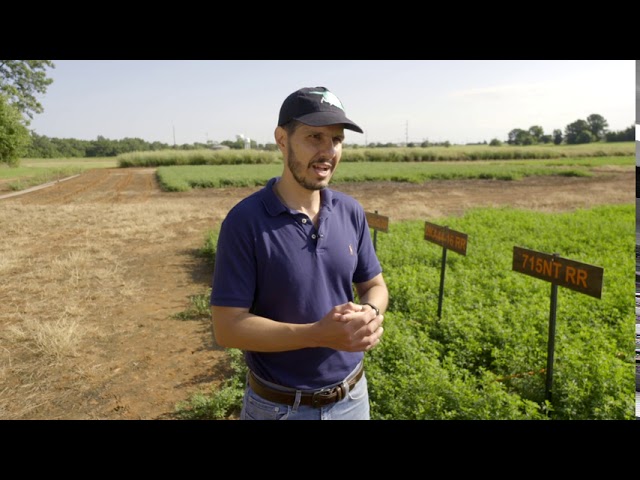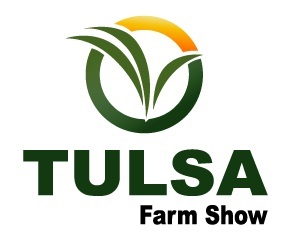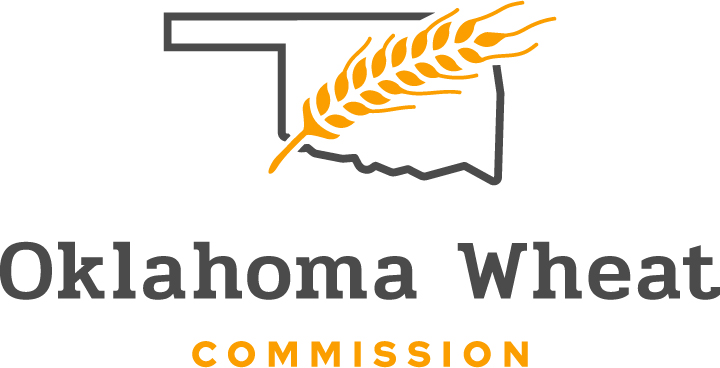
Agricultural News
Oklahoma Alfalfa Production Has Been Good This Year, Says OSU Extension Forage Specialist Alex Rocateli
Tue, 06 Oct 2020 12:24:30 CDT
 Oklahoma alfalfa growers have had a good production year considering the challenging weather conditions says Alex Rocateli, OSU Extension forage systems specialist.
Oklahoma alfalfa growers have had a good production year considering the challenging weather conditions says Alex Rocateli, OSU Extension forage systems specialist.
Rocateli provided an update on his alfalfa research during an interview with Radio Oklahoma Agriculture Network Associate Farm Director and Editor KC Sheperd.
This has been a very good year in terms of temperature and rainfall on the fields he has been working with, Rocateli said.
We got an early start and we had a very nice first and second cut, he said.
The third cutting was a little short but not unusual for Oklahoma, he added.
Insect pressure from weevils and blister beetles was intense and challenging, he said.
As we near the end of the growing season, many producers have just finished their fifth cutting. Rocateli said trying to squeeze a sixth cutting would be a challenge.
From my experience if you push your alfalfa on a sixth cut it could reduce your yields next year, he said.
The OSU forage specialist said producers need to be aware of the management implications of multiple cuttings.
If producers plan on cutting every 28 days, they are on schedule for five cuts.
However, plants only understand temperature, sunlight and rainfall, Rocateli said.
If you are cutting early, before flowering, you are not allowing for the plant to put energy into the roots, he said.
Pushing beyond five cuttings could limit lifespan of the alfalfa crop to just three years, he said, but if you stick with only four cuttings then that stand will last five or more years.
Rocateli said in his field trials he is focusing on evaluating and develop best management practices for Oklahoma alfalfa fields.
The weather is unpredictable, but we know there will be periods where the plant will be stressed, he said.
With new varieties such as Round Up ready alfalfa, he is seeing good yields, but it is too early to make accurate predictions.
In the future, Rocateli is focused on what would be the best harvesting schedules, asking such things as going 35 days, rather than 28 days between cuttings.
We need more information with all the different varieties, he said.
Also, the OSU specialist is working with his colleagues in the geography department to study the use of drones and multi spectral sensors.
In the future we could use drones to tell us about yield and quality, he said.
That would be money and time saver, Rocateli added.
Alfalfa producers are encouraged to participate in a best management practices survey. Click here for the link to the survey.
Click on the listen bar below to hear more of KC's interview with Alex Rocateli.
WebReadyTM Powered by WireReady® NSI
Top Agricultural News
More Headlines...





